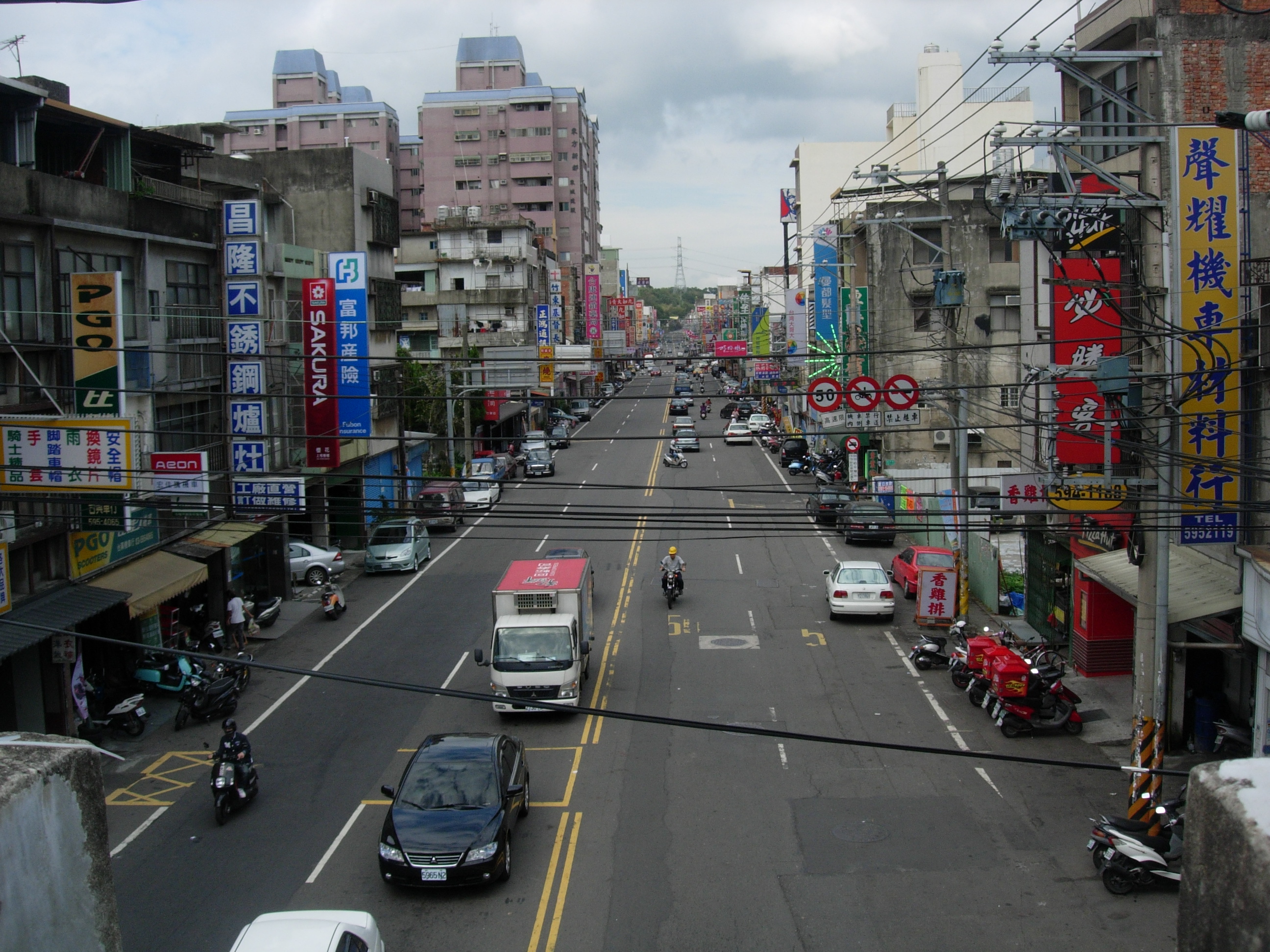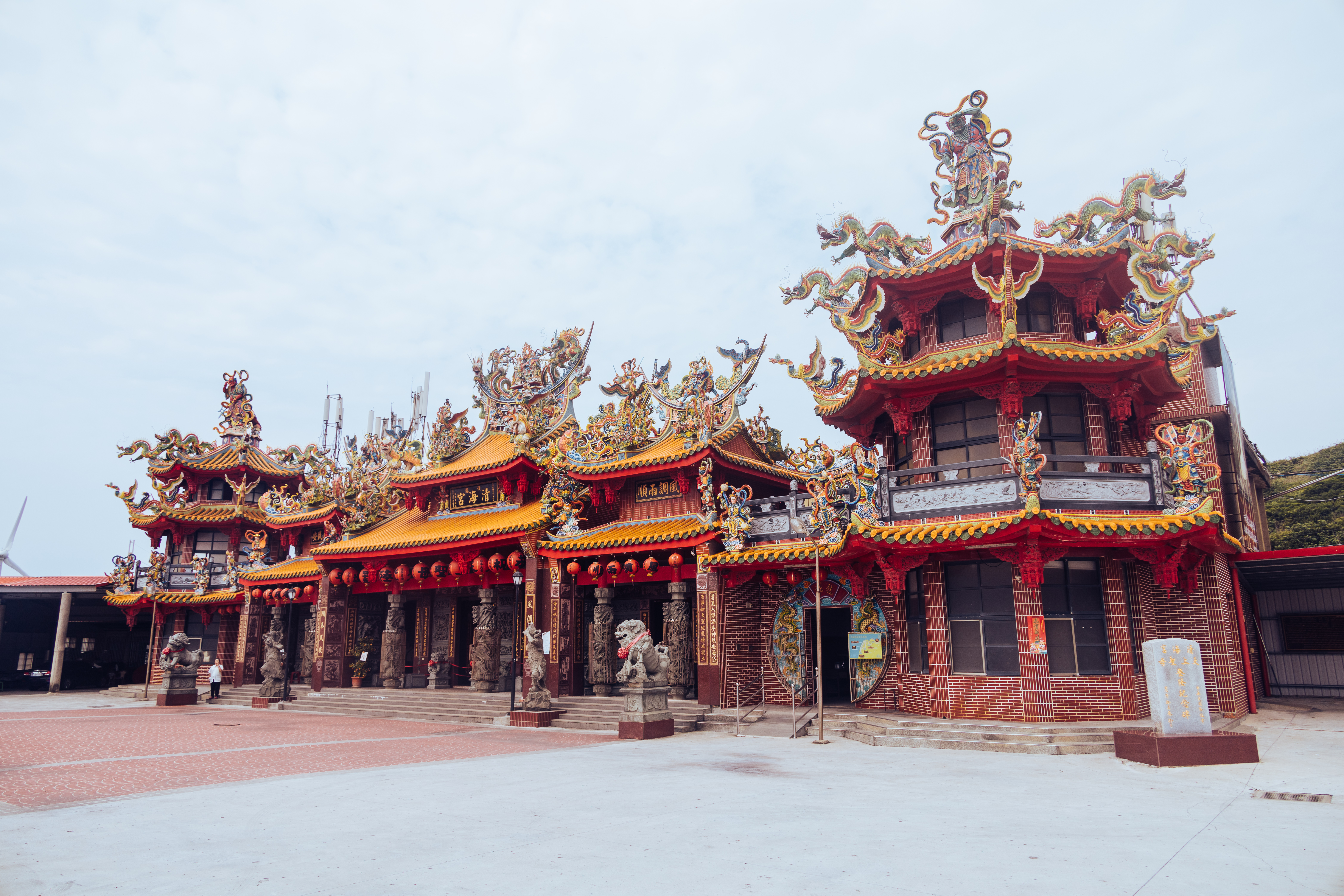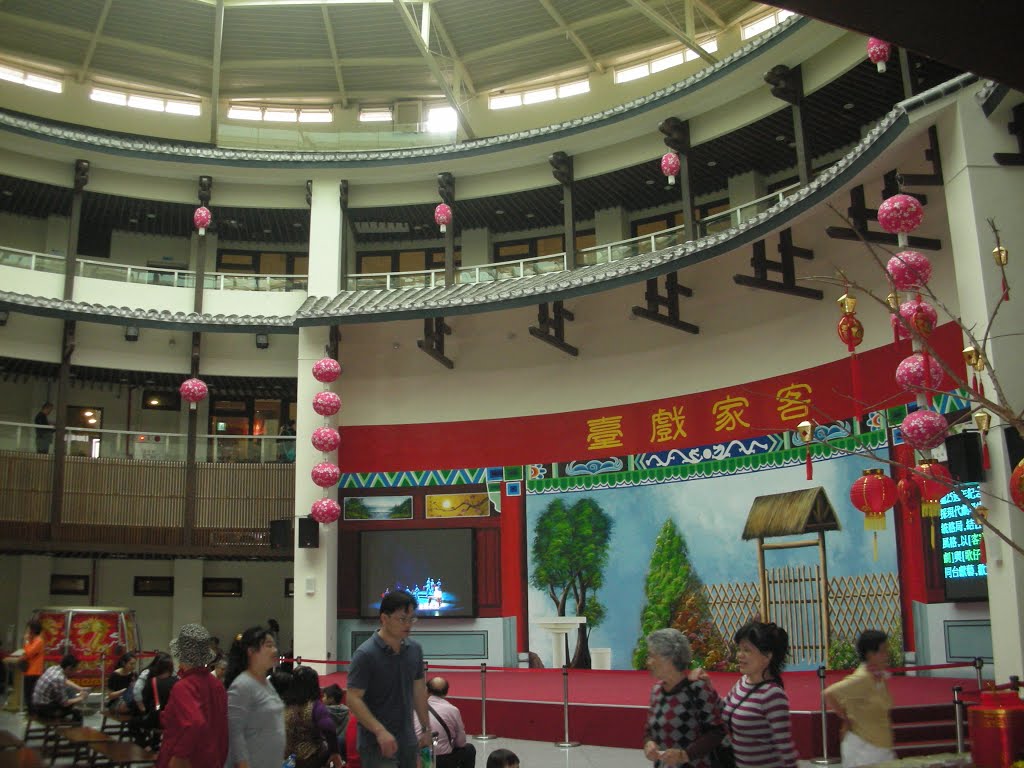|
Houlong Township
Houlong Township is an urban township in western Miaoli County, Taiwan. It is bordered by the Taiwan Strait on the west and Zaoqiao Township on the east. It lies at the mouth of the Houlong River. Miaoli HSR station is located in Houlong. Name The township's name originates from that of a Taiwanese Plains Aborigines settlement. During the Kingdom of Tungning, the area was called ''Aulangsia'' (). Other variants of ''Aulang'' existed (e.g., ). In 1920, during Japanese rule, the place was renamed , under , Shinchiku Prefecture. This name closely matched the Japanese pronunciation of the previous names but with different ''kanji'' (Chinese characters). This written form was retained after the Kuomintang takeover of Taiwan in 1945; the characters are pronounced ''Hòulóng'' in Mandarin Chinese. The Taiwanese Hokkien pronunciation remains ''Āu-lâng'', based on the pre-1920 name. Geography * Area: * Population: 37,228 (January 2017 estimate) It lies at the mouth of the Hou ... [...More Info...] [...Related Items...] OR: [Wikipedia] [Google] [Baidu] |
Township (Taiwan)
Townships are the third-level administrative subdivisions of counties of the Republic of China (Taiwan), along with county-administered cities. After World War II, the townships were established from the following conversions on the Japanese administrative divisions: Although local laws do not enforce strict standards for classifying them, generally urban townships have a larger population and more business and industry than rural townships, but not to the extent of county-administered cities. Under townships, there is still the village as the fourth or basic level of administration. As of 2022, there are totally 184 townships, including 38 urban townships, 122 rural townships and 24 mountain indigenous townships. 174 townships with 35 urban and 118 rural townships are located in Taiwan Province and 10 townships with 3 urban and 4 rural townships are located in Fujian Province. Penghu and Lienchiang are the only two counties that do not have urban townships. Statistics of ... [...More Info...] [...Related Items...] OR: [Wikipedia] [Google] [Baidu] |
Taiwanese Hokkien
Taiwanese Hokkien () (; Tâi-lô: ''Tâi-uân-uē''), also known as Taigi/Taigu (; Pe̍h-ōe-jī/Tâi-lô: ''Tâi-gí / Tâi-gú''), Taiwanese, Taiwanese Minnan, Hoklo and Holo, is a variety of the Hokkien language spoken natively by about 70%+ of the population of Taiwan. It is spoken by a significant portion of Taiwanese people descended from immigrants of southern Fujian during the Qing dynasty. It is one of the national languages of Taiwan. Taiwanese is generally similar to spoken Amoy dialect, Amoy Hokkien, Quanzhou dialect, Quanzhou Hokkien, and Zhangzhou dialect, Zhangzhou Hokkien, as well as their dialectal forms used in Southeast Asia, such as Singaporean Hokkien, Penang Hokkien, Philippine Hokkien, Medan Hokkien, & Southern Peninsular Malaysian Hokkien. It is Mutual intelligibility, mutually intelligible with Amoy dialect, Amoy Hokkien and Zhangzhou dialects, Zhangzhou Hokkien at the mouth of the Jiulong River (九龍) immediately to the west in mainland China and wit ... [...More Info...] [...Related Items...] OR: [Wikipedia] [Google] [Baidu] |
Xihu Wetland
Xihu Wetland () is a wetland in Houlong Township, Miaoli County, Taiwan. History In 2009, bicycle path and a windmill was constructed at the wetland area. Geology The wetland spans over an area of 142 hectares. It is managed by Miaoli County Government. Transportation The wetland is accessible within walking distance north of Longgang Station of Taiwan Railways Administration. See also * List of tourist attractions in Taiwan Popular tourist attractions in Taiwan include the following: Attractions Historical buildings * Beihai Tunnel, Beigan () * Beihai Tunnel, Nangan () * Daxi Wude Hall () * Ete ... References Landforms of Miaoli County Wetlands of Taiwan {{Taiwan-geo-stub ... [...More Info...] [...Related Items...] OR: [Wikipedia] [Google] [Baidu] |
Waipu Fishing Port
The Waipu Fishing Port () is a fishing port in Houlong Township, Miaoli County, Taiwan. Events * 2012 Miaoli Marine Tour Festival Transportation The port is accessible west from Dashan Station of Taiwan Railways. See also * Fisheries Agency The Fisheries Agency (FA; ) is the agency of the Council of Agriculture of the Taiwan (ROC) responsible for all matters relating to fisheries. History In May 1998, the amendment of the Regulation for the Organization of the Council of Agricultu ... References Ports and harbors of Miaoli County {{Taiwan-struct-stub ... [...More Info...] [...Related Items...] OR: [Wikipedia] [Google] [Baidu] |
Maling Temple
Maling Temple ( zh, t=媽靈宮, p=Mālíng Gōng) is a temple located in the village of Chituqi, Houlong Township, Miaoli County, Taiwan. Origin Chituqi is located on top of a plateau near the coast along the Taiwan Strait. Historically, the area was mostly uninhabited and undeveloped for its remoteness and superstitions surrounding an unmarked mass grave there. In 1930, a ''yin miao'' (temple for ghosts) named "Wanshan Temple" (萬善祠) was constructed near the remains. According to legend, a pair of ghosts, one male and one female, dwelled in the area that would lead the way for lost travelers. Merchants claimed that every time the pair appeared, their business for the day would be good. Fishermen also claimed that a fireball would shoot up from the temple whenever the ocean's conditions were dangerous the next day. Therefore, The pair of ghosts were seen as deities, and in the 1960s, it was rebuilt and dedicated to the ghosts. According to temple officials, the female ... [...More Info...] [...Related Items...] OR: [Wikipedia] [Google] [Baidu] |
Houlong Art House
Houlong Township is an urban township in western Miaoli County, Taiwan. It is bordered by the Taiwan Strait on the west and Zaoqiao Township on the east. It lies at the mouth of the Houlong River. Miaoli HSR station is located in Houlong. Name The township's name originates from that of a Taiwanese Plains Aborigines settlement. During the Kingdom of Tungning, the area was called ''Aulangsia'' (). Other variants of ''Aulang'' existed (e.g., ). In 1920, during Japanese rule, the place was renamed , under , Shinchiku Prefecture. This name closely matched the Japanese pronunciation of the previous names but with different ''kanji'' (Chinese characters). This written form was retained after the Kuomintang takeover of Taiwan in 1945; the characters are pronounced ''Hòulóng'' in Mandarin Chinese. The Taiwanese Hokkien pronunciation remains ''Āu-lâng'', based on the pre-1920 name. Geography * Area: * Population: 37,228 (January 2017 estimate) It lies at the mouth of the Houlo ... [...More Info...] [...Related Items...] OR: [Wikipedia] [Google] [Baidu] |
Hakka Round House
The Hakka Round House () is a Hakka building in Houlong Township, Miaoli County, Taiwan. History The house was built by Miaoli County Government and was opened on 25 October 2014 with a cost of NT$130 million. In 2015, the county government planned to tender the operation of the building to ease its financial debt. Architecture The design of the brick house is based on the architecture of Tulou in Fujian. The house also consists of ring-shaped trails, arc-shaped observation deck, a welcoming square and water paths. The house has one floor underground and three floors above the ground. The basement floor consists of a multimedia viewing room, the ground floor consists of a round exhibition and performance hall, the upper floor consists of an exhibition space and the top most floor consists of DIY classrooms. The building spans over a land area of 1,385 m2 with a total floor area of 3,476 m2. Transportation The house is accessible from Miaoli Station of Taiwan High Speed Rail ... [...More Info...] [...Related Items...] OR: [Wikipedia] [Google] [Baidu] |
Guogang Shell Fossils
The Guogang Shell Fossils ( zh, t=過港貝化石層 , p=Guògǎng Bèihuàshí Céng) refer to a bed that contains many fossils, mostly shellfish, that are located in Houlong, Miaoli County, Taiwan. Geology The bed is part of the larger Toukeshan Formation (頭嵙山層), a Pleistocene-era formation. The fossils date from between 1,030,000 to 460,000 years ago and are embedded in shale. The shells were likely located around to underwater before being covered. Fossils from 135 different species have been identified: most shells from the '' Pecten'' genus, but shells from ''Chlamys'', ''Anadara'', '' Arca'', '' Eucrassatella'', ''Nassarius'', '' Niotha'', ''Bursa'', ''Turritella'', and ''Murex'' have also been identified. Some suggested that the high density of fossils is due to repeated storms pushing the shellfish into this area. History The bed was discovered in 1921 by Japanese railway construction workers building the Coastal line. In 1935 Government-General of Taiwa ... [...More Info...] [...Related Items...] OR: [Wikipedia] [Google] [Baidu] |
Houlong Qinghai Temple 2022
Houlong Township is an urban township in western Miaoli County, Taiwan. It is bordered by the Taiwan Strait on the west and Zaoqiao Township on the east. It lies at the mouth of the Houlong River. Miaoli HSR station is located in Houlong. Name The township's name originates from that of a Taiwanese Plains Aborigines settlement. During the Kingdom of Tungning, the area was called ''Aulangsia'' (). Other variants of ''Aulang'' existed (e.g., ). In 1920, during Japanese rule, the place was renamed , under , Shinchiku Prefecture. This name closely matched the Japanese pronunciation of the previous names but with different ''kanji'' (Chinese characters). This written form was retained after the Kuomintang takeover of Taiwan in 1945; the characters are pronounced ''Hòulóng'' in Mandarin Chinese. The Taiwanese Hokkien pronunciation remains ''Āu-lâng'', based on the pre-1920 name. Geography * Area: * Population: 37,228 (January 2017 estimate) It lies at the mouth of the Houlo ... [...More Info...] [...Related Items...] OR: [Wikipedia] [Google] [Baidu] |
Legislative Yuan
The Legislative Yuan is the unicameral legislature of the Republic of China (Taiwan) located in Taipei. The Legislative Yuan is composed of 113 members, who are directly elected for 4-year terms by people of the Taiwan Area through a parallel voting system. Originally located in Nanking, the Legislative Yuan, along with the National Assembly (electoral college) and the Control Yuan (upper house), formed the tricameral parliament under the original 1947 Constitution. The Legislative Yuan previously had 759 members representing each constituencies of all provinces, municipalities, Tibet, Outer Mongolia and various professions. Until democratization, the Republic of China was an authoritarian state under Dang Guo, the Legislative Yuan had alternatively been characterized as a rubber stamp for the then-ruling regime of the Kuomintang. Like parliaments or congresses of other countries, the Legislative Yuan is responsible for the passage of legislation, which is then sent to the ... [...More Info...] [...Related Items...] OR: [Wikipedia] [Google] [Baidu] |





_in_Nanjing%2C_Nov_2017.jpg)